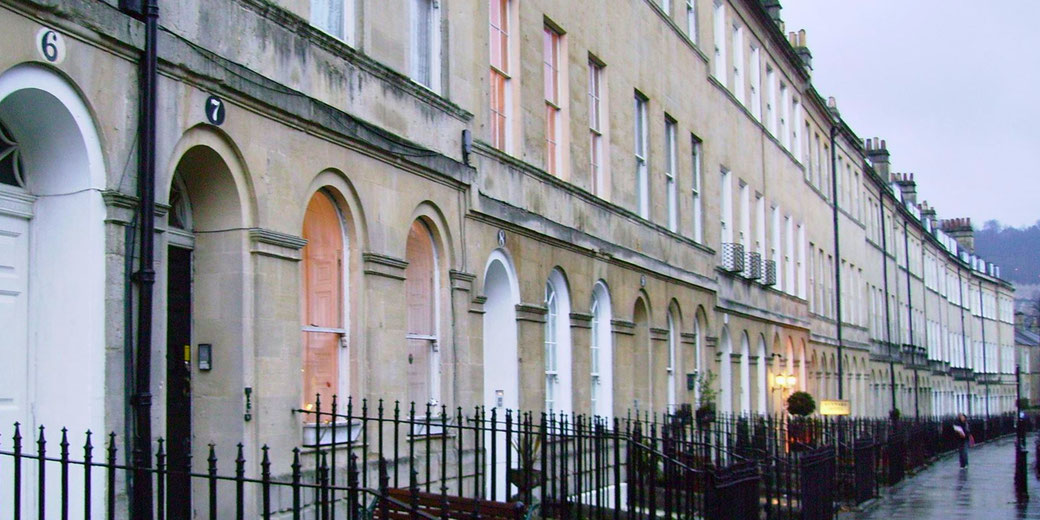How the Industrial Revolution transformed urban Britain's public health

The Industrial Revolution, which began in Britain in the late 18th century and lasted until the mid-19th century, brought about tremendous changes in the country's economy, society, and urban conditions.
As the country shifted from an agricultural to an industrial economy, people moved from the countryside to the cities in search of work, leading to a rapid process of urbanisation.
However, the growth of the cities was not without its problems, and the living conditions for many people in urban areas were often dire.
Filth and overcrowding
One of the primary issues associated with urbanisation was overcrowding. As people flooded into the cities, there was a shortage of housing, and many people ended up living in cramped, unsanitary conditions.
Often, several families would be forced to live in a single room, and diseases spread quickly in these crowded spaces.
In particular, cities like Manchester, Birmingham, and London experienced rapid urban growth and experienced severe overcrowding.
Between 1801 and 1851, the population of London in particular doubled from 1 million to 2.3 million.
Sadly, infant mortality rates in urban areas were exceedingly high; in the 1840s, in some industrial cities, as many as 60% of children died before reaching the age of five.
Sanitation was also a significant problem in urban areas. Many houses lacked indoor plumbing, and waste was disposed of in cesspools, which were often very poorly built and prone to overflowing.
This led to a build-up of human waste in the streets, creating an unpleasant smell and an environment ripe for the spread of disease.
The consequences of these poor living conditions were dire. Diseases like typhoid and cholera, which thrive in unsanitary environments, were rampant in many urban areas.
These diseases spread quickly and were often deadly, particularly for children and the elderly.
For example, the cholera epidemics of 1832, 1849, and 1854 were particularly devastating, and resulted in thousands of deaths.
This led to Dr. John Snow’s investigation of the 1854 Broad Street cholera outbreak in London.
Through it, he identified contaminated water as a source of the disease, and this became a critical breakthrough in public health.
Attempted solutions
In 1842, Edwin Chadwick, a prominent social reformer, published his report The Sanitary Condition of the Labouring Population.
It highlighted the dire public health conditions and advocating for sanitary reforms.
In response to these issues, the government implemented various measures to improve public health.
One of the most significant of these was the creation of a system of public sanitation, which included the construction of sewers and the provision of clean water.
The Public Health Act was then released in 1848 and it became a landmark piece of legislation because it established a Central Board of Health and empowered local boards to implement sanitary measures.
This had a significant impact on public health, reducing the spread of disease and improving the living conditions of people in urban areas.
However, things culminated in the "Great Stink" of 1858, when the smell of untreated human waste in the River Thames became unbearable to the people living in London.
It prompted Parliament to act urgently on sewage reform. So, the construction of the London sewer system, which was spearheaded by engineer Joseph Bazalgette in the 1860s, was a monumental project that finally improved urban sanitation in the city.
The government also got rid of the Window Tax, which was a tax on the number of windows in a house.
It was enforced in England from 1696. The tax led to fewer windows in houses to avoid it, creating dark and poorly ventilated spaces.
However, its intent was not to encourage poor living conditions but rather to tax wealthier individuals who could afford houses with more windows.
This tax was repealed in 1851, which led to an improvement in the quality of housing as people were now able to build houses with more windows and better ventilation.
Ultimately, the various reforms did have a significant impact on public health, as it slowly improved the living conditions for people in urban areas by the end of the 20th century.
What do you need help with?
Download ready-to-use digital learning resources
Copyright © History Skills 2014-2025.
Contact via email
With the exception of links to external sites, some historical sources and extracts from specific publications, all content on this website is copyrighted by History Skills. This content may not be copied, republished or redistributed without written permission from the website creator. Please use the Contact page to obtain relevant permission.





